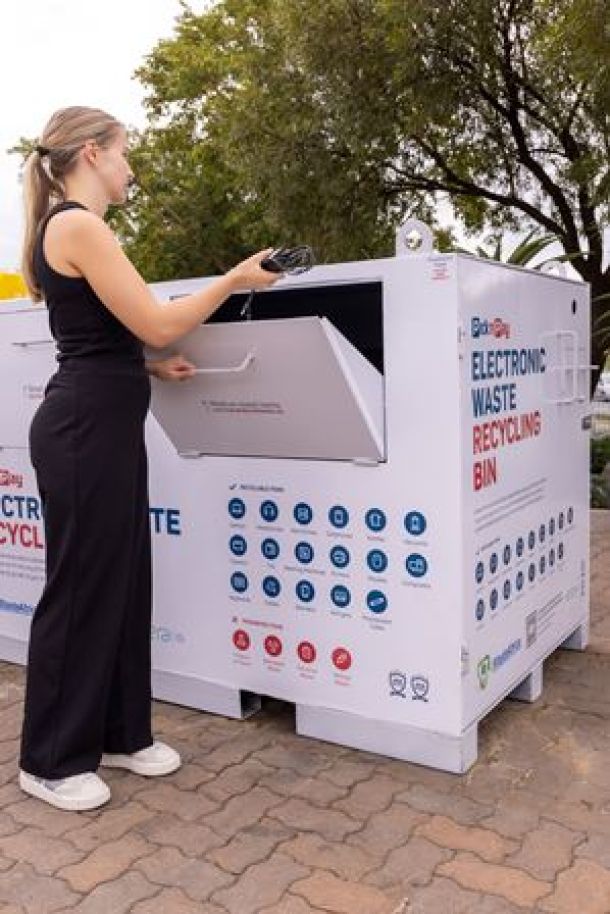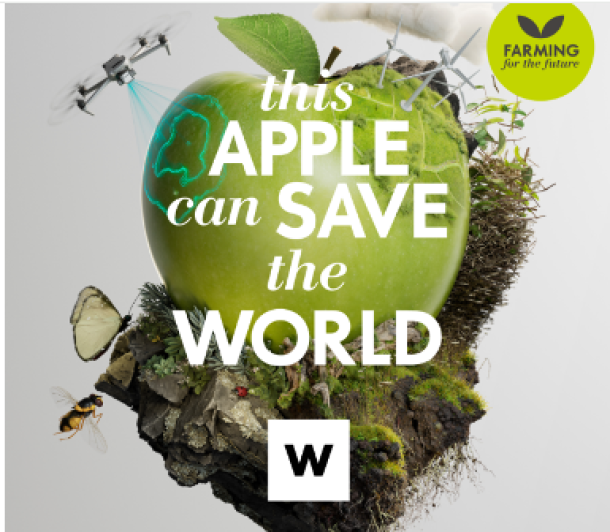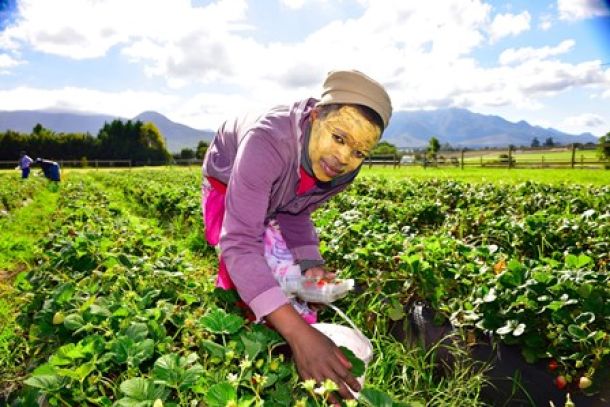Not going to eat that? How surplus food should be redirected to the poor
It is estimated that a staggering one in five SA households is food insecure, with more than 13-million people routinely experiencing hunger. This is a contravention of the constitution, which enshrines access to food as a right.
In light of the government’s commitment to the UN Sustainable Development Goals — which include ending poverty; ending hunger; achieving food security and improved nutrition; and ensuring sustainable consumption and production patterns, including the aim to "halve per capita global food waste at the retail and consumer level, and reducing food losses along production and supply chains by 2030" — it is inconceivable that about a third of the food produced in SA goes to waste every year.
Surplus food is still perfectly edible and safe for human consumption but will not be eaten because it has either failed to meet aesthetic standards or it has surpassed its sell-by date. It is most often treated as waste and diverted, at worst, to landfill sites or else used for composting, converted to biofuels or used as animal feed.
Landfills are potent producers of methane, a gas that has about 30 times more global warming effect than carbon dioxide. Unfortunately, this is where about 90% of SA’s food waste ends up.
Food Forward, a waste diversion nongovernment organisation (NGO) that recovers and redistributes surplus food from the consumer goods supply chain, donated 4,400t of food in the past year, saving an estimated 17,400t of CO² — the equivalent of the emissions produced by the annual electricity usage of 6,000 households.
Research shows that food waste by consumers is by far the smallest share along the value chain at only 5%. In SA little food is wasted as affluent consumers give left-over food to domestic workers, gardeners, street children and the homeless. So the primary focus of surplus food strategies should be on farmers and food firms.
The greenhouse gas effect of food waste in landfills is largely avoidable, but only if surplus food is separated at the point at which it is considered not "fit for sale" and redistributed before it deteriorates.
World Wide Fund for Nature SA recently produced a report, "Surplus Foods from Farms to Firms to Forks", which presents the business case for the redistribution of surplus food. The report, funded by the International Climate Initiative of Germany’s federal ministry for the environment, argues that framing edible food waste as surplus food reorients the discussion towards its potential for human consumption, rather than as an energy source, animal feed, compost or waste.
One of the reasons that so much of the surplus food generated in SA ends up as waste is that the majority of farms and food companies are not geared up for identifying and redirecting it. An additional factor is that date labelling may artificially shorten food use.
Research shows that food waste by consumers is by far the smallest share along the value chain at only 5%. In SA little food is wasted as affluent consumers give left-over food to domestic workers, gardeners, street children and the homeless. So the primary focus of surplus food strategies should be on farmers and food firms.
There is also a business case to be made for the diversion of surplus food. Landfill sites charge major users a gate fee and, together with waste management processes — including sorting, removal of packaging and transport — waste comes at a cost.
There is an opportunity for companies to sell or donate surplus foods. SA’s retail sector is best primed to have a real impact on food waste.
At this stage of the value chain, food is already packaged for consumption. Retailers have a broad geographic reach and the existence of a few dominant retailers means fewer partnerships and less co-ordination is needed.
According to their integrated reports, in 2017 Woolworths donated R556m, Shoprite Checkers donated R108m and Pick n Pay donated R96m worth of surplus food. There is potential for this to be scaled up.
While corporate conscience and tax benefits are incentives to food donations, income can also be derived from sales to secondary markets.
Perhaps more than any other factor, ease drives the business case of diverting surplus foods. It is easier and more cost effective for a retailer to have a charity collect the food than to take it to a landfill.
One major obstacle remains, however, to taking the donation of surplus food mainstream: legislation. Many potential donors are reluctant to donate surplus food for fear of being held liable under the Consumer Protection Act should the food cause a consumer harm.
Canada, France, Italy and the US have enacted legislation that encourages such donations by protecting the farmers who allow the collection of surplus food for redistribution; protecting good faith donors of surplus food still deemed fit for human consumption to NGOs; and protecting donors of food that may be deficient to some extent to a responsible NGO that has the capacity to test the food prior to redistribution.
A draft bill has been created and the Consumer Goods Council of SA is lobbying the department of trade & industry in this regard.
The passing of such a bill would incentivise food donors and provide indemnity, enabling the redistribution of surplus food to go mainstream.
• Naudé is Low-Carbon Frameworks programme manager at WWF SA.
News Category
- International retailers
- On the move
- Awards and achievements
- Legislation
- Wine and liquor
- Africa
- Going green
- Supplier news
- Research tools
- Retailer trading results
- Supply chain
- Innovation and technology
- Economic factors
- Crime and security
- Store Openings
- Marketing and Promotions
- Social Responsibility
- Brand Press Office
Related Articles

Shoprite Group opens pathways to job opportunit...

Pick n Pay empowers shoppers in the fight again...

Massmart implements early leak detection techno...

Woolworths launches Farming for the Future camp...


